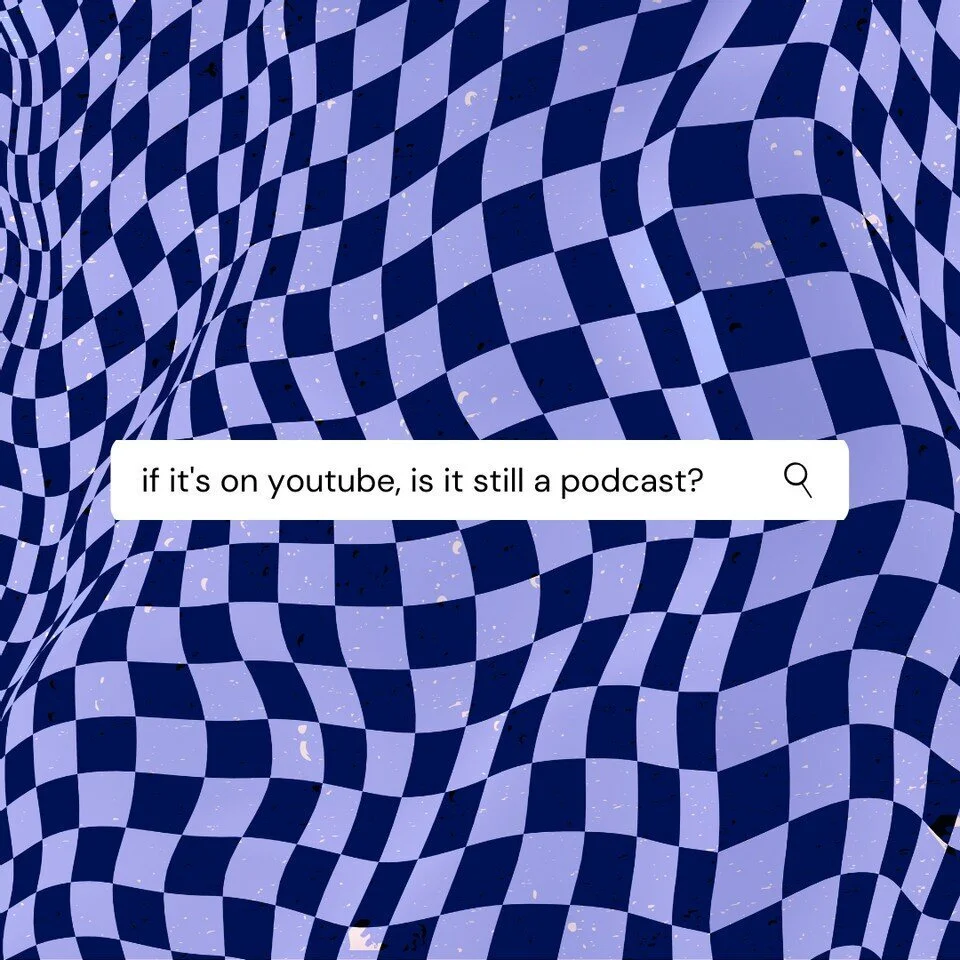CBC’s Messy Foray into Branded Podcasts Results in Content Takedown
On September 18th, 2020, Athabasca University announced the launch of a brand new podcast called Go The Distance, profiling “remarkable learners and alumni.”
Produced by Antica senior producer Kevin Sexton and hosted by CBC Podcasts’s Secret Life of Canada co-host Leah-Simone Bowen, the show was meant to act as an ongoing series.
But four months after its launch, Athabasca lists the series as “unavailable” and episodes have been scrubbed from the internet. The podcast itself wasn’t controversial. The problem was who Athabasca hired to produce it.
Go the Distance was the first podcast produced by CBC Tandem, the broadcaster’s hugely controversial foray into branded content.
It’s time to Go The Distance! Check out this inspiring new podcast from Athabasca University – sharing stories from those whose lives were changed forever by online education. https://t.co/HVlAXFmHsy
— CBC Tandem (@cbctandem) October 9, 2020
Sponsor Content with @AthabascaU pic.twitter.com/EVKe12TBXF
Launched as an attempt to bolster flagging ad revenue, Tandem created a firestorm of controversy, especially among current and former employees, including prominent journalists like Peter Mansbridge, Anna Maria Tremonti, and Michael Enright. Serious questions have been raised about the CBC’s direction and judgement.
Six months later, Tandem’s status is in doubt.
Tandem’s website has been taken down, as have most social media posts promoting its clients on Twitter and Facebook. All mention of Tandem has been erased from the webpage of its parent unit, CBC Media Solutions.
Just last month, Adam Owen, the marketing professional and self-described “Steve Nash of branded content” who’d previously worked at Postmedia and Me to We before being hired in August 2020 to run Tandem, left the CBC to work for Navigator, a Toronto-based communications firm.
And yet, there’s nothing new or novel about “branded content.”
Newspapers have been doing it for years, inserting advertisements into their publications, either intentionally disguised as news, or presented in a familiar format to consumers (depending on your perspective.) Advertisers love branded content because it allows them to leverage a media company’s reputation; they can buy traditional ad space, commission a news-style article, or have a video produced. Sometimes, they combine all three to achieve the coveted “maximum reach.”
Branded content production isn’t unexplored territory for the CBC either. They’ve been quietly producing it since 2016.
But CBC Tandem generated backlash from CBC staff, whose union, the Canadian Media Guild, issued a statement demanding clarity on how the service would be used. The letter also highlighted the potential risks to both corporate and journalistic integrity.
During license renewal hearings at the Canadian Radio-television and Telecommunication Commission (CRTC) in January 2021, CBC President and CEO Catherine Tait said that branded content at the CBC only became controversial when it was given its own brand, CBC Tandem.
“I think it was the press release that announced this, the name ‘Tandem’ that provoked a reaction,” she said.
An example of a branded content article from the CBC.
So, management hit pause on Tandem for two months to create new guidelines—or “guardrails” as Tait calls them. The guardrails, created without input from journalistic staff, promised to continue restricting branded content to digital platforms; to ensure journalists would not be used in its creation; to clearly mark content as either “paid” or “sponsored.” Now, written content on CBC’s websites features a large header reading “PAID CONTENT.”
But differentiating sponsored from journalistic audio is still a problem to be solved. As Tait told regulators, “There are challenges on the audio side that are different than on the straight visual side—to eliminate any kind of confusion.”
Given that audio content produced by Tandem has been taken offline, it’s possible the CBC has given up on the challenge.
At the CRTC hearings, the CBC reported that ad revenues for the past year had sunk to roughly $250M, a 10-year low. CBC leads in English radio, but ads aren’t allowed. Radio Canada is incredibly strong in Quebec on all platforms, but revenues generated in Quebec tend to stay there. Even having a massive hit show hasn’t helped. Schitt’s Creek is one of the most beloved shows of 2020 and a bonafide crossborder hit, but despite its popularity, it’s no secret that TV advertising’s revenue potential has been declining for decades.
Despite the somber numbers, CBC’s senior leadership still strongly believe they need ad revenue. In an internal town hall held amidst the Tandem controversy, Tait described ad revenue as existential, claiming that having a separate revenue stream from public funding “actually protects us from changes in government, shifts in public policy priorities and allows us to be resilient.”
Having lost hockey in 2015, which for decades was a revenue juggernaut, and with the remaining TV unable to fill the gap, no matter how successful, management went looking for new options in the still largely unregulated digital space. Possibly inspired by the BBC’s StoryWorks, which has operated since 2015, management eyed branded content. Newspapers showed that branded content can also become commonplace given enough time.
Unfortunately for Tandem, CBC management only used their British cousin as a partial inspiration. BBC StoryWorks does produce branded content for commercial clients, but it isn’t allowed to distribute that content within Great Britain. It only operates through the BBC’s international channels. As such, the endeavour has largely avoided the ire faced by Tandem.
However controversial it became, Athabasca University’s choice to engage CBC’s new service to produce their podcast is understandable. The public broadcaster blends excellent production capabilities with unparalleled access to a nationwide audience. Had Tandem only produced content for universities, non-profits or other non-commercial organizations that otherwise couldn’t access its level of technology and reach, the conversation around it could have been very different. Alas, of the 12 clients it promoted right before going dark, all but two were commercial.
A screencapture from CBC’s Media Solutions webpage.
According to public broadcasting advocates, not only does the quest for revenue conflict with the CBC’s core mission, it’s also never paid off, and Tandem is just the latest example. As Daniel Bernhard, Executive Director and Spokesperson for Friends of Canadian Broadcasting put it, “You could make an argument... that a commercialization strategy can provide a buffer against government whim,” he says. “[Management] have tried over and over to create that buffer, and over and over again, they’ve failed.”
Seventy statements were read at the CRTC hearings in January. De-commercialization, an “ad-free CBC,” was a common refrain from advocacy groups, private citizens, and even Pierre-Karl Peledeau, the former politician and billionaire CEO of Quebec-based media conglomerate Quebecor. He said an ad-supported CBC was anti-competitive, a sentiment shared by public broadcasting critics worldwide.
Bernhard says accessibility, not advertising, is the CBC’s best defence against ever-changing government policy. “When we’re talking about funding and what the CBC ought to be, we should remember that their content is very popular. If you could turn it on for free, and it was just as ad-free as Netflix, more people would do it.”
The CBC may have misread its British forebear when it came to creating Tandem, but the BBC may yet show the way out of the endless and unproductive clamour for ad dollars. 90 percent of the British population engaged with public broadcasting at least once each week. BBC director general Tim Davie told a reporter that so long as that figure remained so high, the BBC’s future was secure.
Whether mostly dead or slightly alive, Tandem has been badly compromised and with it goes any financial hopes the CBC had for branded content. But there may have been a speck of good in the idea of Tandem.
Giving people access to tools they might otherwise never get to use, and then employing the CBC’s reach to distribute their creations far and wide, sounds a lot like the nation-building mission on which the CBC was founded. If that inspires more Canadians to interact with the CBC more often, the public broadcaster may finally have all the protection they’ll ever need.






